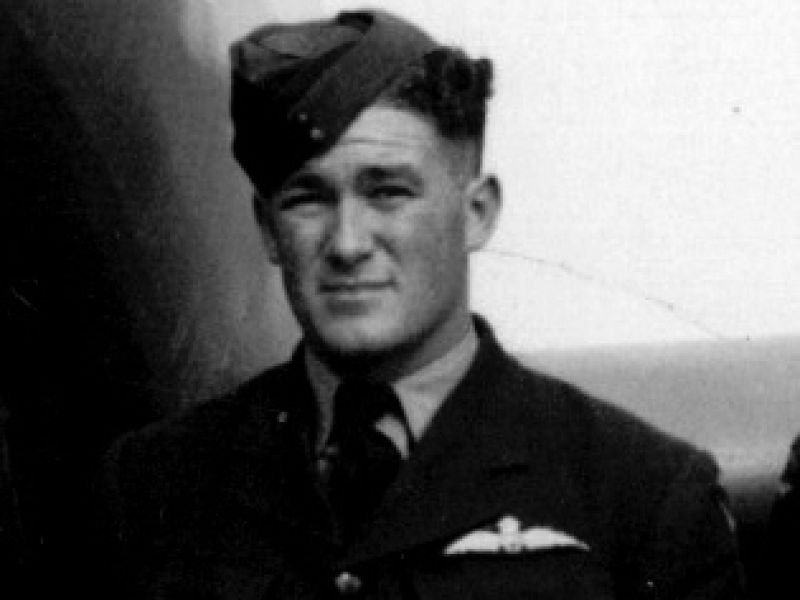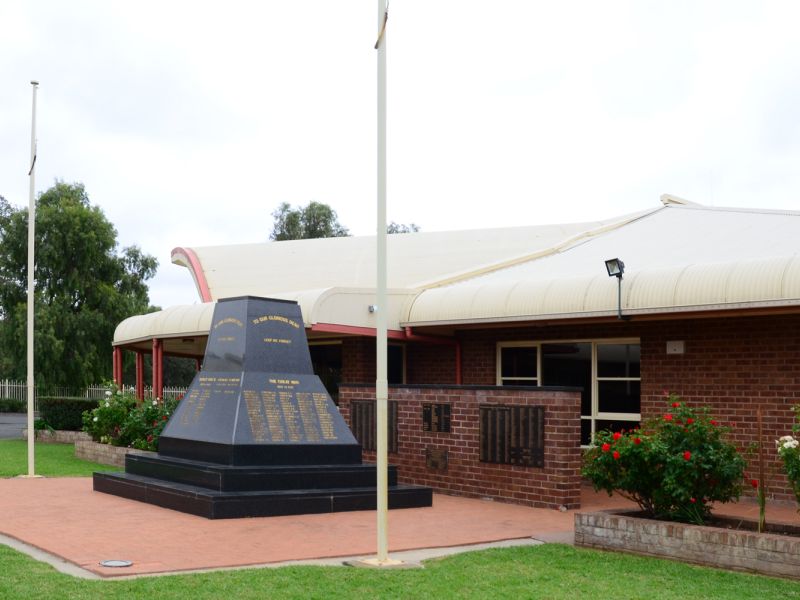413145 Flight Sergeant Keith McRae Smith, No. 226 Squadron (RAF )
Keith Smith was born on 21 July 1922, one of 13 children born to Colin and Mary Smith.
Young Keith grew up and lived at Flodden Field, a sheep station near Coonamble, on the central-western plains of New South Wales. He attended nearby Urungie Provisional School, and went to work in a saw-mill at Gwabegar.
Keith’s mother died in 1935, his father in 1939, and his older brother Colin became his legal guardian.
In March 1941, a mobile recruiting unit came through Coonamble. Keith enrolled in the Royal Australian Air Force Reserve, and applied to be a member of aircrew. He admitted that he had previously tried to join the service while he was still under age.
Around six months later, he was called up, and on 16 August 1941, 19-year-old Keith Smith joined the Royal Australian Air Force.
He began training as a pilot at Narromine before embarking at Sydney on 24 April 1942.
As part of the Empire Air Training Scheme, Smith was one of almost 27,500 RAAF pilots, navigators, wireless operators, gunners, and engineers who, throughout the course of the war, joined Royal Air Force squadrons or Australian squadrons based in Britain.
Arriving in Canada in May, Smith attended special flight training school at Dauphin in Manitoba, before transferring to an operational training unit based at Royal Canadian Air Force Station Pennfield Ridge in October.
In early December, Smith was reprimanded for being drunk and creating a disturbance in the Roseland Dance Hall.
In March 1943, Smith left Canada, arriving in the United Kingdom before joining No. 13 Operational Training Unit, based at RAF Bicester in Oxfordshire.
In late August, Smith was posted to No. 226 Squadron, which was then based at Swanton Morley in the English county of Norfolk, flying B-25 medium bombers.
On 8 November 1943, Keith’s crew, along with other crews of 226 Squadron, were detailed to carry out a bombing raid. The target was a site that had been identified as a possible V2 ballistic missile base. In fact it was an underground military complex housing a battery of V3 cannons aimed at London.
The attack took place not long after sunrise on 8 November 1943, with Keith’s aircraft positioned to the rear of the formation leader. As the formation approached the target, Keith’s aircraft received a direct hit from an anti-aircraft shell on the port engine and wing. The aircraft burst into flames and spiralled to the ground. Crews of other aircraft in the formation reported that they saw two or three parachutes appear, and the aircrew were listed as missing. With no news of the fate of the crew, they were later posted as missing, presumed killed.
It wasn’t until much later that German reports confirmed the death of the crew, who had been buried at the regional cemetery in Marquise, France.
Alongside 21-year-old Flight Sergeant Keith McRae Smith his Canadian crew members, Flight Sergeants Berg, Cowieson and Grenier were laid to rest.
Their remains were later reinterred in Calais Canadian War Cemetery, where they lie today.

 Australian War Memorial
Australian War Memorial